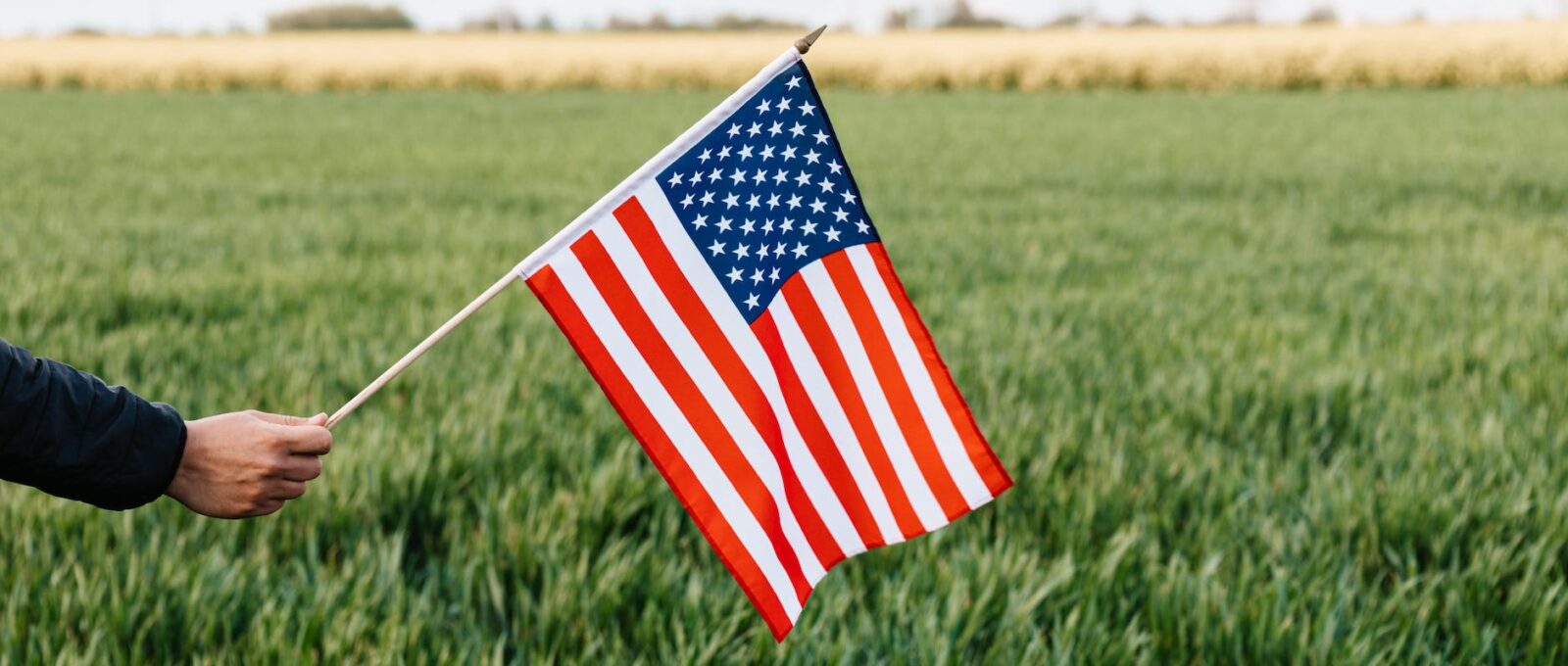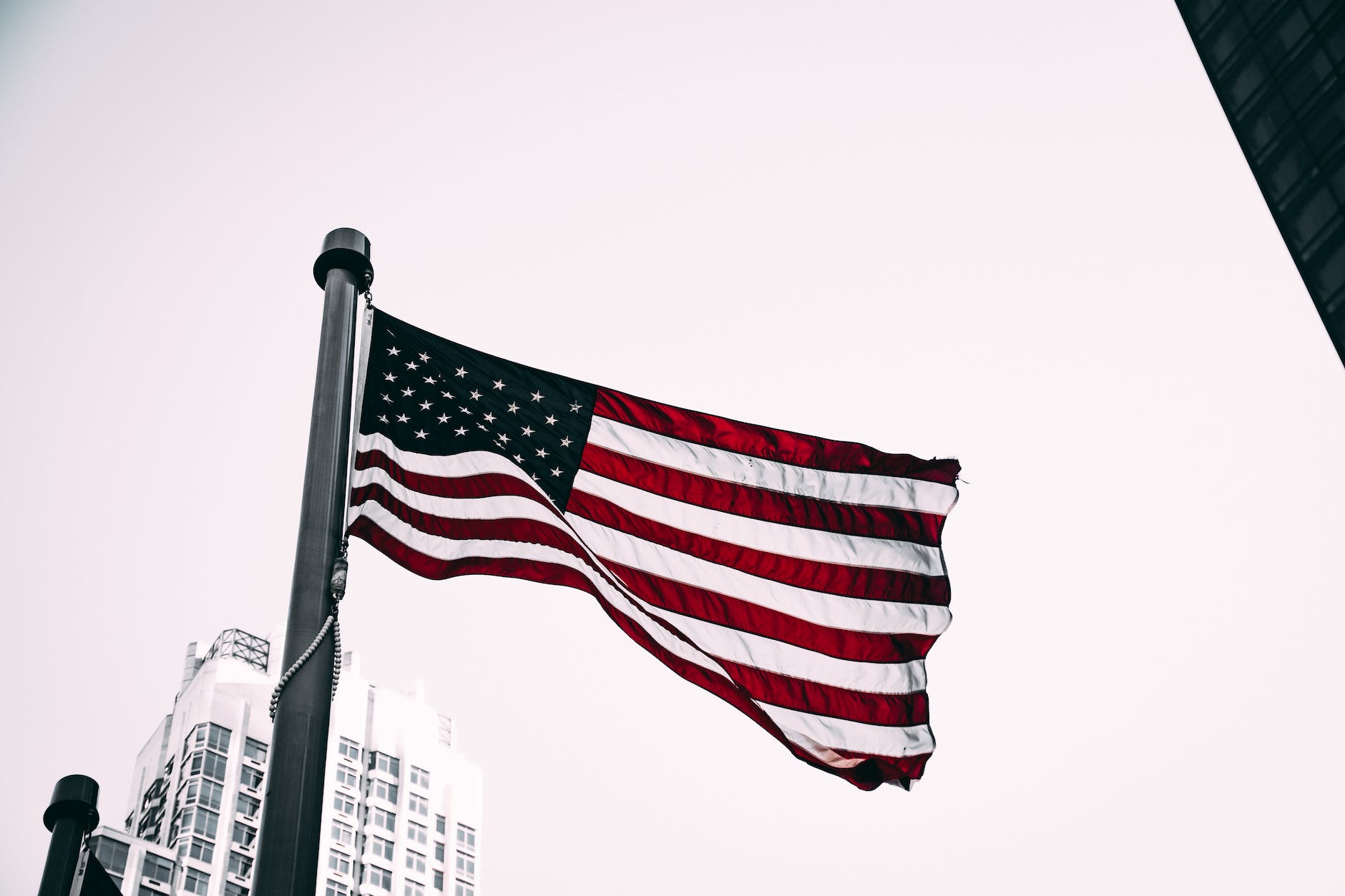Embarking on a journey to the United States starts with securing your US visa from India. It’s your golden ticket to explore, work, or reunite with family across the vast American landscape. Navigating the application process might seem daunting, but you’re not alone.
Applying for a US visa in India is a straightforward process if you’ve got the right information at your fingertips. Whether it’s f

US Visa Guide for Indians: Apply Successfully
Embarking on a journey to the United States starts with securing your US visa from India. It’s your golden ticket to explore, work, or reunite with family across the vast American landscape. Navigating the application process might seem daunting, but you’re not alone.
Applying for a US visa in India is a straightforward process if you’ve got the right information at your fingertips. Whether it’s for business, pleasure, or education, understanding the steps to successfully acquire a visa is crucial.
Stay tuned as we delve into the essentials of how to apply for a US visa in India, ensuring you’re well-prepared for your upcoming American adventure.
Understanding the US Visa
Types of US Visas
When planning your travel to the United States, selecting the appropriate visa is critical for a hassle-free experience. Essentially, US visas fall into two broad categories: immigrant and non-immigrant visas. Immigrant visas are for people intending to permanently reside in the US, whereas non-immigrant visas are designed for temporary stays—ranging from tourism and business trips to studying and working.
Non-immigrant visas include:
- B-1/B-2 for business or tourism
- F-1 and M-1 for students
- H-1B for specialty occupations
Business and tourism visas (B-1/B-2) are most commonly applied for by Indian citizens. If you’re visiting the US for leisure, medical treatment, or short-term business activities, B-2 or B-1 would be the type to consider.
Visa Requirements for Indian Citizens
Your journey to secure a US visa starts with understanding the requirements. As an Indian citizen, you’ll first need a valid Indian passport. Next, determine the category of visa based on your purpose of travel. Once you’ve done this, the key requirements typically include:
- A non-immigrant visa application (Form DS-160)
- Appointment for a visa interview
- Visa application fee
- Passport with at least six months of validity beyond your period of stay
- Photo that meets the US Visa specifications
For specific visa types like the H-1B, you might need additional documentation including proof of employment and educational qualifications. Consular officers look for evidence that you have strong ties to your home country, indicating you’ll return after your temporary stay in the US. Evidence of financial stability to cover your trip expenses is also essential.
While the keyword “immigration” is important in the context of moving permanently to the US, your needs as an Indian citizen applying for a non-immigrant visa center around temporary travel arrangements without the intention to immigrate.
Navigating the visa application process requires careful attention to details and an understanding of the nuances of each visa type which will enable you to prepare a convincing application aligning with the US immigration policies.
Applying for a US Visa in India
Step 1: Determine the Type of Visa You Need
Before starting your US visa journey, you’ve got to pin down the exact type of visa that matches your intent of travel. With a spectrum of visas available—from personal travel and business to employment and studying—identifying the suitable category is paramount. For instance, if you’re aiming to catch a glimpse of the Grand Canyon or attend a business conference, the B-1/B-2 visa should be on your radar. Pore over the US State Department’s website to ensure you choose wisely and meet specific visa criteria.
Step 2: Complete the DS-160 Form
Once you’re clear on the visa you need, the next stride is completing the DS-160 form. This online form is your official non-immigrant visa application and it’s mandatory for your visa process. Be meticulous when filling out the form; all information must be accurate and up-to-date. Remember, inaccuracies can result in application delays or denials. After submission, bank the confirmation page—you’ll need it for your interview appointment.
Step 3: Pay the Visa Application Fee
Your application proceeds with the payment of the visa application fee which is mandatory and non-refundable. The amount varies depending on the visa type and is listed in US dollars. It’s important to keep a receipt of this transaction as proof, since you’ll have to present it during your visa appointment.
Step 4: Schedule an Appointment at the US Embassy or Consulate
With your DS-160 form submitted and fee paid, it’s time to schedule your appointment. Visit the US Embassy or Consulate website to find available dates and select the slot that works best for you. Timing is crucial; make sure you allow ample time for visa processing before your planned travel date. Keep in mind that wait times can fluctuate based on location, visa type, and season.
Step 5: Attend the Visa Interview
Your visa interview is a critical component of the application process. Show up at the US Embassy or Consulate on the appointed date with all the required documents, which typically include your passport, DS-160 confirmation page, application fee receipt, and any other documentation that supports your application. Dress smartly, remain calm, and answer the visa officer’s questions with honesty and clarity.
Step 6: Waiting for the Visa Decision
After your interview, your visa petition enters the adjudication phase. The waiting period for the decision will depend on the visa category and the existing workload at the Embassy or Consulate. You can track your visa application status online using the provided reference number. Stay patient and avoid making irreversible travel plans until you’ve got the visa stamped in your passport.
By following these steps and preparing thoroughly, you’ll increase your chances of a successful US visa application from India. Stay informed, stay organized, and you’ll be on your way to securing that coveted visa.
Common Challenges and Tips
Common Reasons for Visa Denials
When applying for a US visa in India, understanding the common reasons for visa denials can be crucial. Below are some frequent issues that may lead to a visa application being rejected:
- Incomplete application or documentation.
- Failure to show strong ties to India, which might raise suspicion about your intentions to return.
- Insufficient financial stability to support your stay in the US.
- Providing false information or forged documents.
- Past criminal convictions or security issues.
- Application under the wrong visa category.
Recognizing these pitfalls is your first step towards minimizing the chances of a visa refusal.
Tips for a Successful Visa Interview
Your visa interview is a critical component of the application process. To ensure success, keep these tips in mind:
- Dress formally to make a good first impression.
- Be punctual; arriving early is better than just on time.
- Prepare and review your documentation meticulously; organization is key.
- Be clear and honest in your responses; integrity matters.
- Practice your answers to common questions but keep them natural to avoid sounding rehearsed.
- Exude confidence but remain polite and courteous to the interviewer.
Remember, a successful interview reflects your genuine intentions and preparedness.
Handling Delays and Rescheduling Appointments
Sometimes, despite your best efforts, delays occur, or the need to reschedule an appointment arises. For immigration processes like the US visa application, flexibility is important. If you’re confronted with these challenges, consider these actions:
- For delays in visa processing, regularly check your application status online and stay informed.
- If you need to reschedule, do so as soon as possible to avoid longer wait times.
- Keep an eye on slot availability at the US Embassy or Consulate.
- Contact the visa appointment service for any clarification or guidance needed.
By staying proactive and informed, you can manage these hurdles more effectively.
Visa Processing Time and Fees
Processing Time for US Visa Applications from India
Understanding the processing time for US visa applications is crucial when planning your travel. Once you’ve completed your interview, the time it takes to process a US visa can vary. Several factors influence this duration, including the type of visa, the volume of applications at the embassy or consulate, and the need for additional administrative processing.
For nonimmigrant visas, processing times can be quite speedy, often within a few days to a couple of weeks. However, some visas may require additional administrative processing, which can take several weeks or even months. It’s essential to check the US Embassy or Consulate website for the most up-to-date information on processing times.
When it comes to immigrant visas, the processing time is generally longer. This category involves meticulous checks and can take several months to a year or more. You’ll be able to track the status of your visa application online, providing transparency and peace of mind as you wait for the decision. Keep in mind, the wait after the interview doesn’t reflect your application’s outcome but the thorough examination of your case.
Visa Application Fees and Payment Process
When applying for a US visa from India, you’ll encounter varied application fees depending on the visa category. These fees are non-refundable and must be paid before scheduling your interview. For accurate and up-to-date fee information, you should visit the official website of the US Embassy or Consulate in India.
Here’s how to handle the payment process for your US visa:
- Online Payment: You can pay your visa application fee online using a credit or debit card.
- Bank Transfer: Electronic funds transfer from your bank account is also an option.
- Cash: If you prefer paying in cash, you can make the payment at designated bank branches across India.
It’s worth noting that the visa application fee is different from the visa issuance fee, which only applies if the visa is granted and varies by nationality, in accordance with reciprocal agreements.
Keep this information handy to budget accordingly and ensure a seamless application process. Your journey to obtaining a US visa is one step closer as you navigate through the payment and anticipate the processing of your application. Don’t forget to routinely check your email and the status online for any updates regarding your visa.
Conclusion
Securing your US visa from India is a meticulous but manageable process. You’ve learned the steps to determine the right visa, complete the DS-160 form, handle the payment, and prepare for your interview. Remember, patience is key as you navigate through the waiting periods and potential additional processing. Stay informed by regularly checking the official US Embassy or Consulate website for the latest updates on fees and procedures. With this knowledge, you’re now equipped to embark on your journey to obtaining a US visa. Safe travels and best of luck with your application!


Leave a Comment